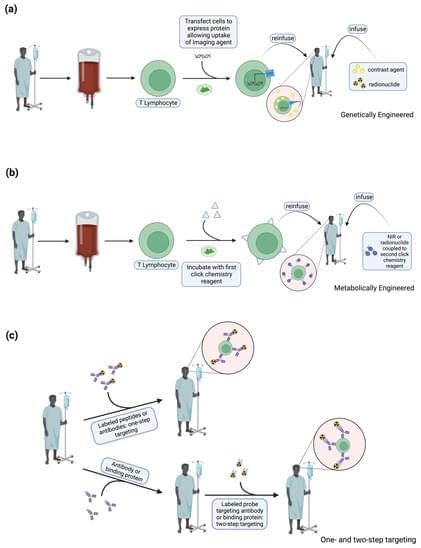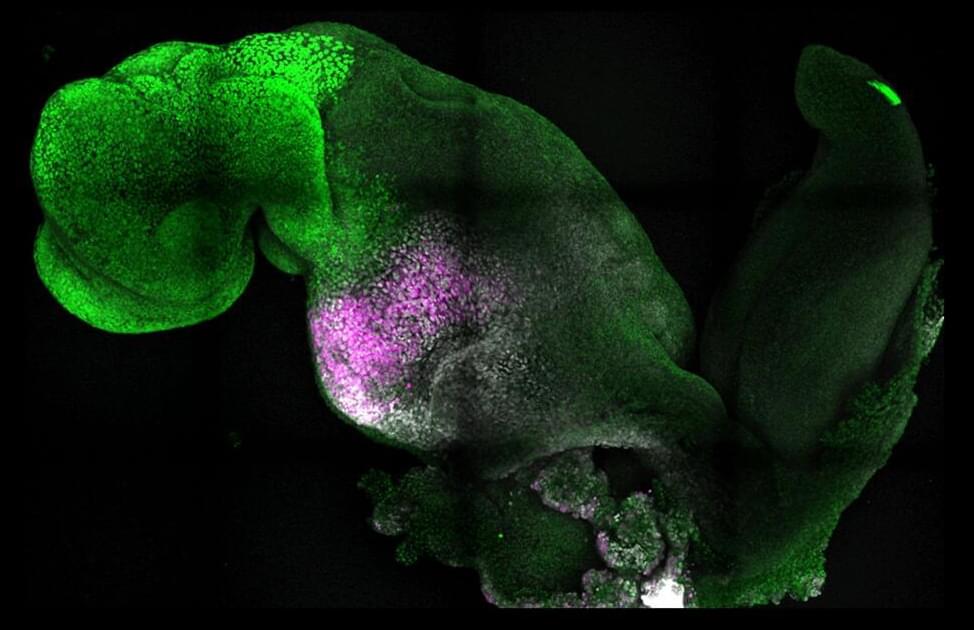3. Discuss the impact of the metaverse and revise your strategy. Make sure your managers evaluate the usefulness of metaverse tools in business processes. This will help you decide whether to keep using certain solutions or switch to others. Note that it’s okay to change your KPIs on the go based on how the metaverse impacts your team’s productivity, job satisfaction, issue resolution and so on.
With trendy technologies like the metaverse, it’s important to determine the real benefits you can get and ensure they’re worth the cost. Keep in mind that metaverse platforms are not the holy grail.
All in all, project management is still 90% about communication with clients and employees. It’s best to stay focused on keeping this communication efficient. While being open to adopting new technologies like the metaverse, you should treat them as additional tools rather than making them a priority for your PMs.







